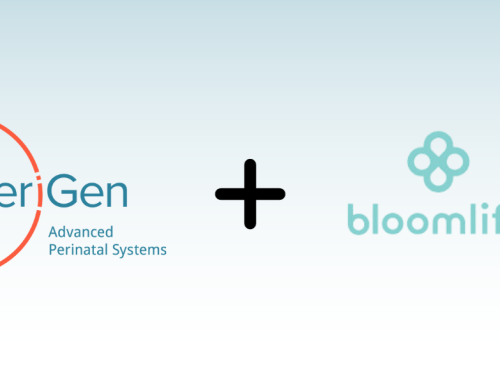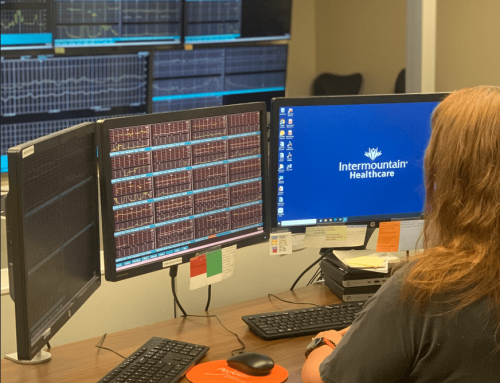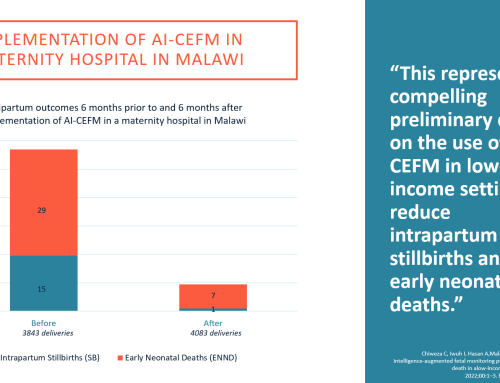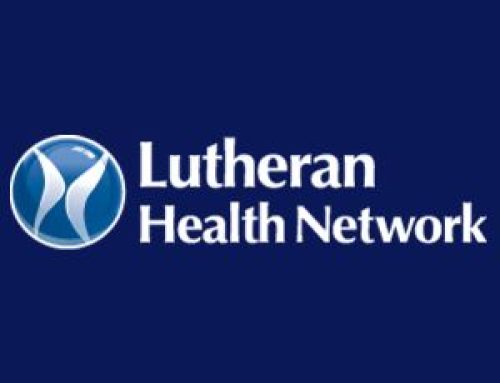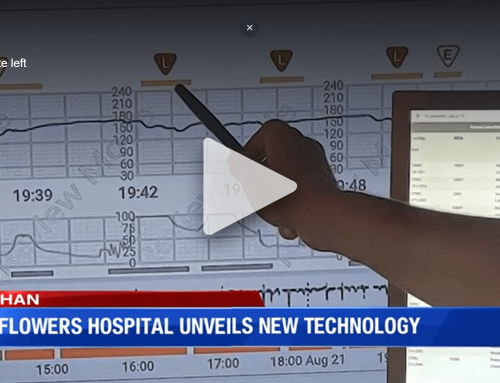Obstetrics is one area in which ACOs can make a huge difference.
ACO approach promises to reduce risks, lower cost
June 23, 2014
There are many dimensions to the Accountable Care Organization challenge, including the logistics of changing a well-established acute care model, the process of configuring the network, analyzing IT capabilities across the spectrum and determining how all those moving parts will work together.
It’s a tall order indeed, which is why ACOs remain largely in a gestational state.
Another equally important part of the formation process is in risk assessment and how an ACO will manage a value-based performance model in a way that it generates the same returns as fee-for-service, said Matthew Sappern, CEO of Cranbury, N.J.-based PeriGen.
“Healthcare executives are still trying to get their arms around the definitions of ACOs,” he said. “My definition is that it involves risk management — how are you managing risk no that pay-for-performance is front and center. Risk mitigation is the cutting-edge issue here.”
Population health and its big data subset are of primary concern to the provider community, and Sappern acknowledges that the attention being paid to it is warranted. Even so, he says there is one area that is being vastly overlooked in its potential to dramatically reduce risk and save costs: Obstetrics.
“OB accounts for the most of the malpractice lawsuits, and legacy systems have perpetuated the risk exposure,” he said. “It does nothing to help clinicians understand what is going on and doesn’t help nurses spot emerging patient trends. That adds up to more exposure and a negative effect on the balance sheet.”
The OB field is unlike any other in medicine, which makes it a clinical outlier in ACO equations. The patients are primarily young, giving birth is a natural body function rather than an illness and labor status can be a critical minute-by-minute monitoring process. Real-time accurate information is paramount and ironically, is not often available to OB nurses, Sappern said.
“OB nurses have tough jobs,” he said. “They have multiple patients and they are trying to keep track of key data elements that are changing all the time. They need to spot non-reassuring trends and do something about them immediately — OB cases can go wrong quickly.
To eliminate the guesswork and “hyper-vigilance” associated with OB cases, PeriGen has developed a solution that applies computing algorithms to interpretations of maternity ward patient developments. This way nurses can focus on their duties without constantly checking on how different patients are doing, Sappern said.
“We allow the computer to count the factors going on and steer the nurse toward potential concerns,” he said.
IRONING OUT DISPARITY
To be sure, system disparity still exists within enterprises and across the ACO ecosystem, agrees Nalin Jain, delivery director of advisory services for Buffalo, N.Y.-based CTG Health Solutions.
“Siloes and disparate systems remain a challenge, but those are technical details to be ironed out after successfully moving toward a performance-based culture and attitude,” he said. “You need to first get the right governing structure and get people doing the right things. That is the work that needs to be done first.”
To appreciate the magnitude of difficulty involved with forming ACOs, Jain refers to the 1980s and ‘90s, when acute care entities experimented with acquiring post-acute properties, but soon gave up because the methodologies and reimbursement structures were too different. Now, however, Jain believes these organizations have a chance at success because technology has forged better connections and fostered greater understanding about what is needed to make them work.
“If accountable care is a verb and not a noun, then you can see it is just good medicine,” he said. “In advising our clients on what is needed for ACOs, we are very clear about what lies ahead and that they should have a triple aim of maintaining a caring population and providing a positive patient experience while cutting healthcare costs.”
Nick Stepro, director of analytics at Burlington, Mass.-based Arcadia Healthcare Solutions, also sees a massive challenge for providers in aggregating data from disparate, siloed entities within the ACO confines.
“Over the past year, health systems engaged in ACOs or similar care models have begun to understand the real challenge of getting timely visibility into the navigation, costs, and health status of their populations,” he said. “In many cases, this means integrating data from thousands of providers across of EHRs, hospital systems, and claims feeds. ACOs that had not invested in these type of capabilities were effectively flying blind, with no visibility into performance until it was time to submit data at year-end.”
In order to avert getting this unpleasant surprise, the health systems involved in ACOs are now investing in a clinical data integration strategy to enable real-time performance monitoring and care coordination, Stepro said.
FOSTERING WORKFLOW
As experts point out, aging infrastructure prevents the interoperability facet necessary for facilitating ACO communications and coordination – in essence, the healthcare industry is being trapped by its past and the technology of yesterday is preventing forward progress. Another major inhibitor is the prevention of seamless workflow, says John Gobron, CEO of Denver-based Aventura.
“It seems like everyone benefits from the digitization of data except clinicians, who have found it to be a cumbersome process,” he said. “The computer shouldn’t be an impediment.”
There is still too much complexity in workflow, Gobron says, with too many levels and layers between users and the right information. That is why he says Aventura is focused on improving workflow so that clinicians can get the data they need in as easy a manner as possible.
“The problem is easier to solve when it concerns the data instead of the infrastructure,” Gobron said.
“But the workflow and usability factors just are not there yet. We’re still trying to shake off the paper age. Digitization doesn’t mean electronically generated paper. This is more than just data entry. Until the workflow issue can be solved, it just won’t happen.”
http://m.healthcareitnews.com/news/obstetrics-overlooked-aco-domain


